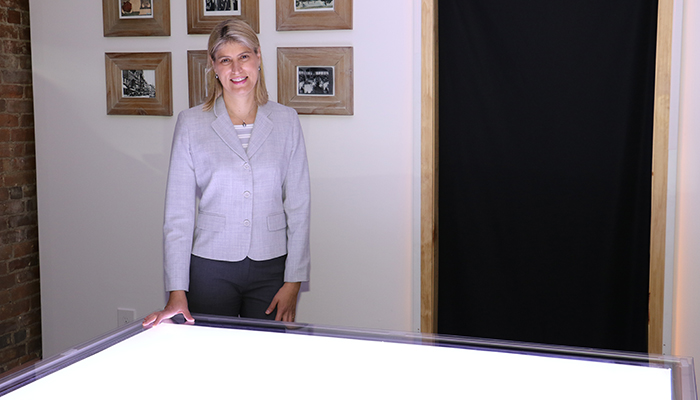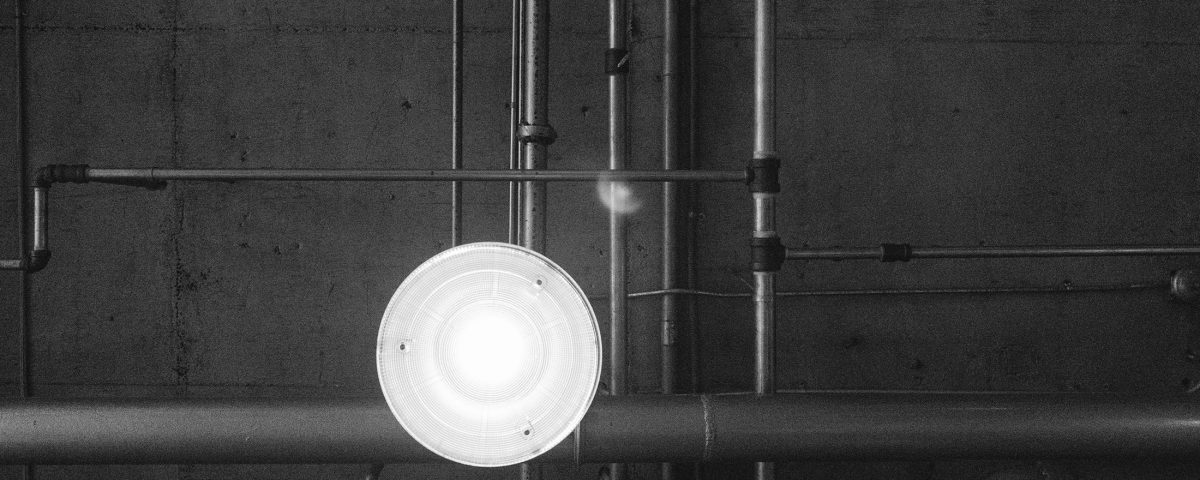A group of researchers at the Rensselaer Polytechnic Institute (RPI) in New York have found that being exposed to LED light tables significantly improved sleep-wake cycles for patients suffering from Alzheimer’s disease. They also found that these specially designed tables also reduced irritability and depression among patients, which can make the care giving process easier.
The discovery was made by RPI after conducting a study that involved the delivery of lighting aimed at improving the quality of life for Alzheimer’s patients. To complement the lighting systems that the RPI researchers developed for past studies on human-centric lighting, the team developed a table as an effective and practical method to deliver circadian-effective LED light.
The self-luminous LED light table can deliver an ample dose of light to the eyes, promoting better circadian rhythms and improving the mood of the patients. This can be helpful since many Alzheimer’s patients spend most of their time indoors.
The first facility to get the self-luminous LED light table outside of RPI is the Albany County Nursing Home in Albany, New York. Within four weeks after installation, patients became less prone to anxiety, irritability and depression, and experienced better sleep patterns. Research suggests healthy sleep patterns may slow down or even prevent the progression of Alzheimer’s, something that the self-luminous light aims to promote.
Effects of lighting on patient health
Lighting plays an important role in patient care especially in nursing homes. Because sleep is important for optimal rest and recovery, facilities must have characteristics that promote better sleep among patients. These include reduced noises, comfortable temperatures and, most importantly, the right amount of proper lighting.
More than just enabling illumination and visibility, lighting can also affect the body by regulating its circadian biological clock, making healthy sleep possible. It can have an impact on an individuals energy level and mood, and exposure for a few minutes can have effects that last throughout the day.
With proper configurations and the right amount, lighting in nursing homes can enable patients to enjoy plentiful rest and uninterrupted sleep, greatly improving their health.
Benefits of LED lighting
The benefits of LED lighting are very well-known throughout industries. They are energy-efficient and environment-friendly. They last for years, they don’t emit too much heat even with prolonged use, and they remain consistent. Additionally, they can be used in many ways in different applications or settings. With this versatility, LEDs can serve nursing homes really well with the right configurations.
LEDs can emulate different wavelengths of light, including those that are present in natural lighting such as red and blue light, making them perfect for nursing homes. Red light is known to have healing effects on cells while blue light is said to regulate sleep cycles, and harnessing these wavelengths can positively impact the health of patients.
The self-luminous LED light table by RPI works along the same lines as illuminating LEDs in nursing homes. When done right, these can provide not just illumination and visibility, but also lasting benefits on the body.
If you’re in need of LED lighting products in Australia for your hospital or nursing home, choose MatrixLED. We offer solutions that not only cater to a wide range of illumination needs, but are also cost-effective.
Visit the MatrixLED website for the most efficient LED lighting products in Australia, or use our free Savings Calculator to know how much you can save when you switch to MatrixLED lighting.




